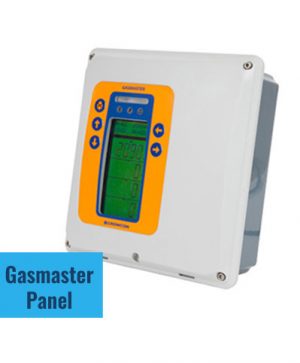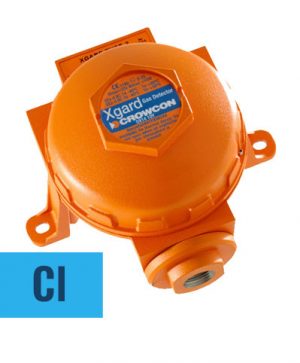Chlorine Detection
Chlorine gas is widely used as a disinfectant in water treatment throughout Ireland and in swimming pools. It is a highly toxic, heavy gas with a pungent odour.
Industries and applications include: Water Treatment, Food Production and Swimming pools.
Protecting workers from the risk of Chlorine gas exposure can be achieved with our portable gas monitors. The HSA long term exposure limit for Chlorine is 0.5ppm. Our Crowcon Gasman Chlorine is a low cost handheld Chlorine toxic gas monitor. Reliable and durable monitoring in a compact and long life package. Crowcon Gasman Chlorine has a sensor life of 3 years. Our Chlorine handheld portable gas detector alarms at recognised dangerous levels.
MODELS: Portable: Gasman Chlorine, Fixed: Xgard Cl
CSL supply, service and maintain all our gas detectors in our workshop in Carlow or on site.
In 1774, Swedish pharmacist Carl Wilhelm Scheele released a few drops of hydrochloric acid onto a piece of manganese dioxide, after a few seconds a dense, greenish-yellow gas was produced which was Chlorine.
What are the dangers of chlorine?
Chlorine is toxic and if inhaled or drunk in concentrated quantities can prove fatal. If chlorine gas is released into the air, people may be exposed through their skin, eyes or through inhalation. Chlorine is not combustible however can react with most combustibles which poses a fire and explosion risk. It also reacts violently with organic compounds such as ammonia and hydrogen, causing potential fire and explosion.
How do you know if you have been exposed?
Acute chlorine gas poisoning will cause difficulty breathing and a cough, as well as sneezing, nose and throat irritation. There may also be skin irritation or chemical burns and eye irritation or conjunctivitis. A person with chlorine gas poisoning may also have nausea, vomiting, or a headache. It should be very clear indeed that you have been exposed.
What should you do if exposed?
Those exposed should quickly
- Remove clothing
- Wash their entire body with large amounts of soap and water
- Eyes should be rinsed with plain water for 10 to 15 minutes
What are the applications?
Chlorine is used to sterilize drinking water and commonly known as a method of sterilising swimming pool water. However, most chlorine is used in the chemical industry with typical applications including bleaching, paper mills (bleaching pulp), disinfection, water treatment as well as within the plastics and chemical Industry.
How do you detect, measure and report on chlorine?
To detect and measure the presence of chlorine, you need a system which provides measurement, protection and communication technologies. Solutions could include portable and/or fixed detectors, depending upon circumstances. As chlorine is a heavy gas it tends not to travel unless prompted. Therefore consideration needs to be taken to ensure maximum probability of detection.





